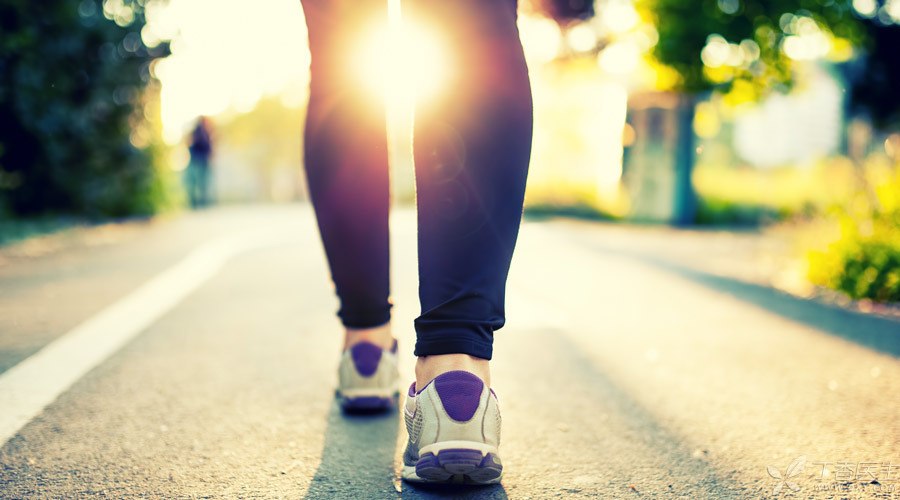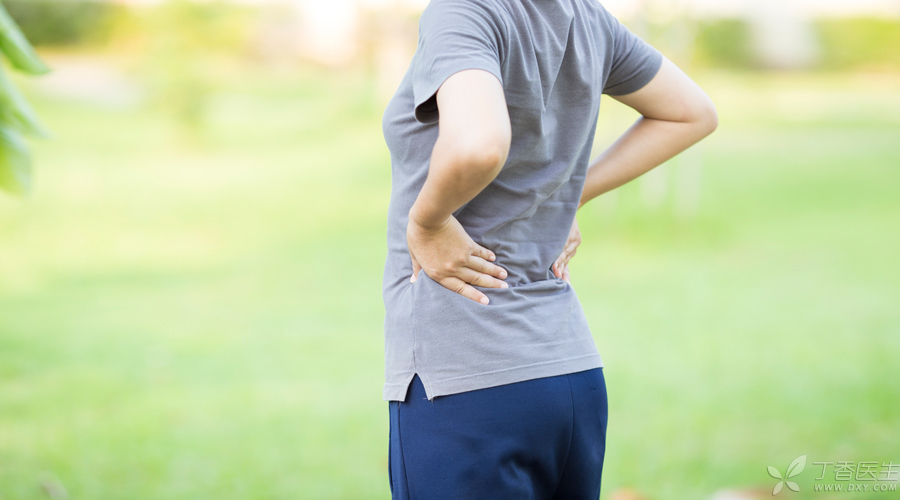
One day, I accidentally discovered that I was selling a kind of “reverse shoes” online.
Do you know all the high heels? But this reverse shoe is designed backwards:
The heel of the shoe is especially low, while the front part of the sole is especially high, which is also called [corrective shoes] [negative heel shoes].
Many friends may have heard of the saying of “reverse treatment of lumbar disc herniation and lumbago”, and even many clinicians have recommended it.
But what about the truth? Dr. Clove had to explain.
Can reverse walking relieve lumbago and cure lumbar disc herniation?
Judging from the domestic and foreign literature, there is actually no valid evidence at present.
Some people always say that walking backwards can relieve the pressure of lumbar intervertebral disc, which is actually untenable.
Do you think, when people are lying down, is the pressure on the intervertebral disc the least? So if you stay in bed all day, wouldn’t it be best for your lumbar spine? Some studies have shown that:
There is almost no difference between bed rest and daily activities on patients with lumbar disc herniation.
Clinically, there are few people who advocate strict bed rest for patients with lumbar disc herniation.
Bed rest cannot relieve the pressure of lumbar intervertebral disc, and it is also impossible to walk backwards.

There is also a fact that we need to know: lumbago ≠ lumbar disc herniation ≠ lumbar disc herniation.
Even if the pressure of the lumbar intervertebral disc cannot be relieved, it is even more impossible to relieve lumbago. Lumbago may also be due to lumbar muscle strain, and you have to find out the cause in symptomatic solution.
Of course, words cannot be said so dead.
Walking backwards may relieve some lumbago.
Some lumbago is caused by abnormal curvature of lumbar spine. When walking backwards, the body leans back slightly, which is conducive to correcting physiological radian and exercising to hamstring muscle (thigh posterior muscle) and muscles around ankle and knee joint.
This will help to adjust the motor function of spine and limbs, enhance lumbar muscles, and enhance the stability and flexibility of lumbar spine.
Is there no other advantage in going backwards?
Some, some. For example:
1. Backward walking can enhance the balance ability.
When the human body moves backwards, it lacks visual stimulation and relies more on physical feeling to maintain balance, thus improving the balance ability.
For example, after the 60-80-year-old people have undergone periodic reverse walking and side walking exercises, it is found that their agility, lower limb strength, movement speed, flexibility and balance ability have been significantly improved, and the incidence of common falls has also decreased.
Note that it is not the reverse walking style that makes falls less, but the balance ability is improved and falls less.
2. It is good for the knee.
Because the hamstring muscle (the muscle at the back of the thigh) plays an important role in maintaining the stability of the knee joint, and the hamstring muscle can be fully exercised when walking backwards.
3. It consumes more energy than walking.
Japanese researchers have found that under the same conditions and the same speed, reverse walking exercise can mobilize muscle work to a greater extent, and lower limb muscle activity is stronger than forward walking.
4. If the knee joint and other lower limb joints and soft tissues are damaged, it is suitable to use reverse walking for rehabilitation.
Reverse walking can also relieve patella pressure and prevent excessive stretching of anterior cruciate ligament.
Although the treatment of lumbar disc herniation by reverse walking is not reliable, in fact, in European and American countries, reverse walking is applied to relieve patella pressure, exercise posterior femoral muscle group and prevent anterior cruciate ligament injury, but there are indeed many applications.
Especially in the rehabilitation of stroke, some people have found that stroke patients who perform reverse walking exercises have significantly improved their pace and stride length, and asymmetric gait can also be corrected by reverse walking.
It is also a common clinical method to evaluate whether the movement control ability of hemiplegic patients has improved by walking backwards. This also suggests that walking backwards exercises have a benign promoting effect on gait.
Reverse walking can also be more widely applied to the rehabilitation of congenital equinovarus feet, equinovarus feet left after infantile numbness, congenital dislocation of hip joint and other gait-affecting diseases.
Having said so much, even if walking backwards cannot relieve lumbago, walking backwards exercise is not useless.
If you want to do reverse walking exercise… … …
We suggest: 3 times a week, each time for about 30 minutes, choose open and flat ground, preferably accompanied by someone, to ensure safety.
Otherwise, you can’t take a small horn and put it at any time: reverse ~ please pay attention ~ reverse ~ please pay attention ~… right?
